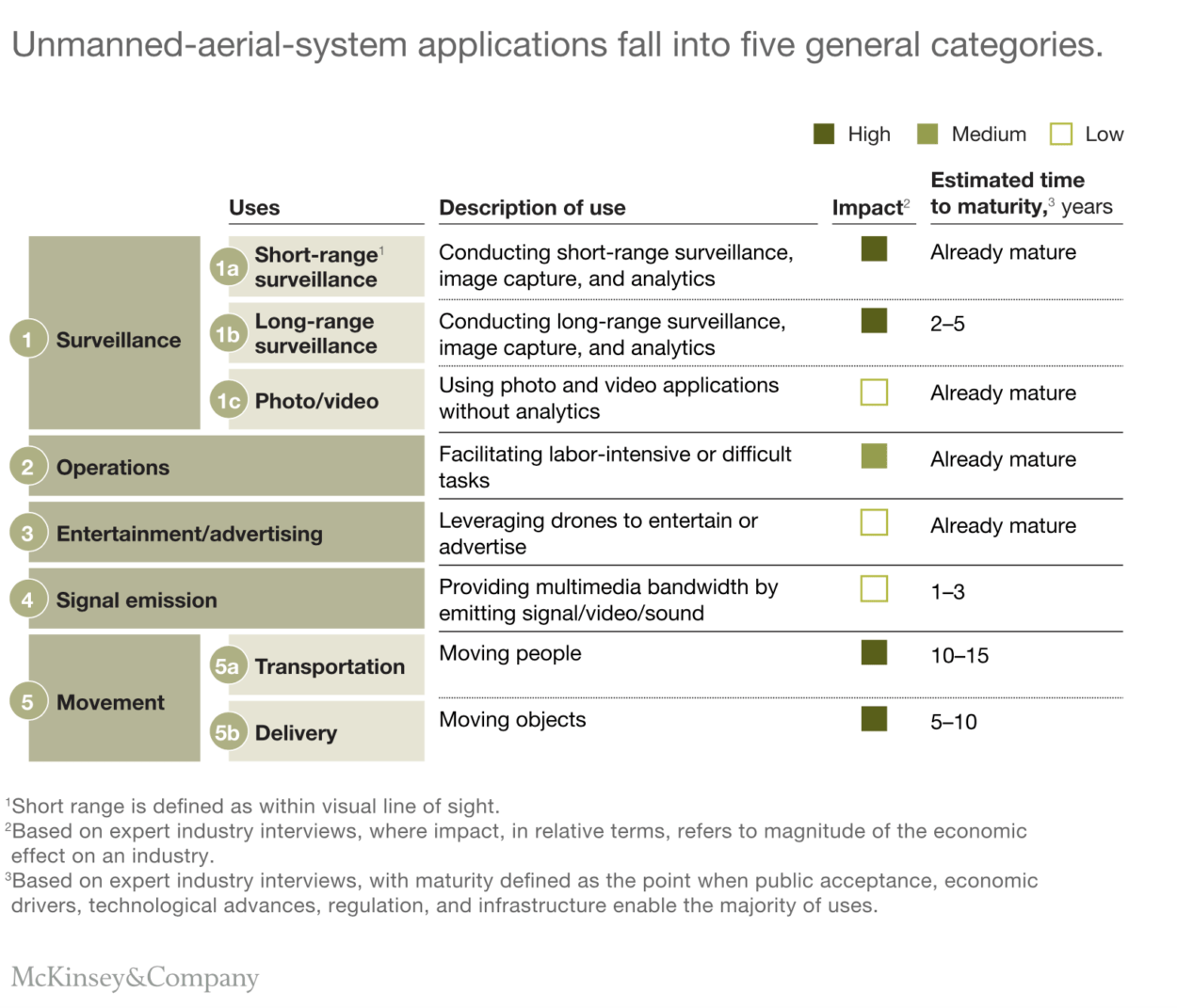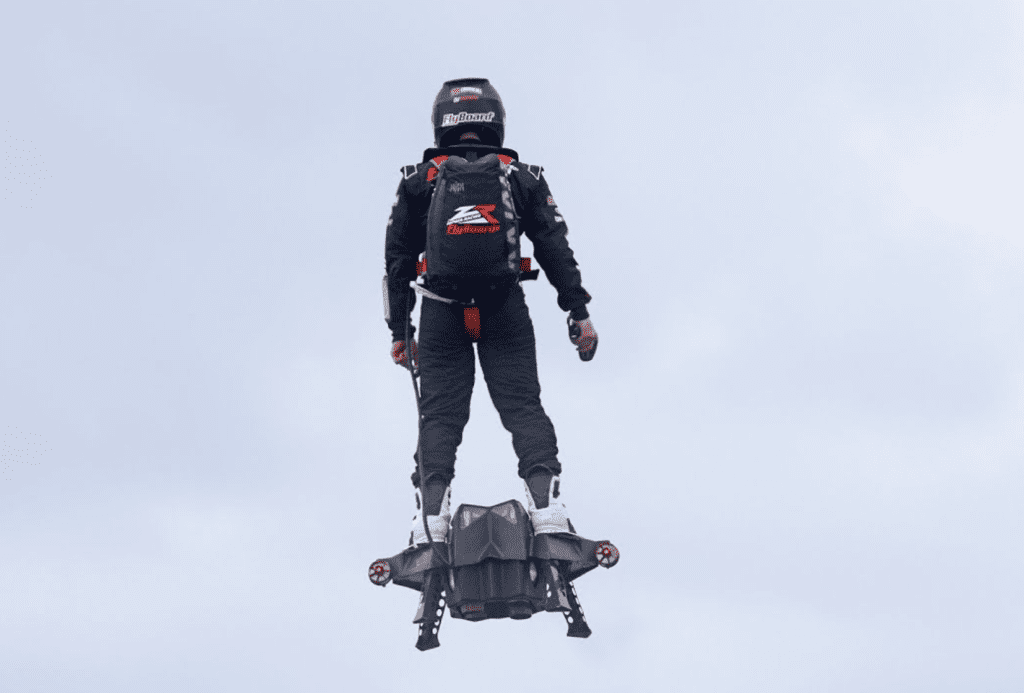Drone Regulations
Drone laws differ from country to country. A website called Global Drone Regulations provides a comprehensive database of drone laws around the world and can be accessed here: https://www.droneregulations.info. Such regulations usually outline the minimum and maxim distance above ground, use in urban spaces and proximity to airports. Certain cities allow use of small drones while requiring to register bigger drones, including obtaining a special license. Commercial flights must be registered and special permits must be obtained. The following BBC article outlines commercial use of drones in rural Virginia, United States: https://www.bbc.com/news/technology-48029396.
Current drone laws specify mostly the parameters mentioned at the beginning of this post, but future laws are going to be more complicated and detailed depending on the use. I would imagine different regulations for drones delivering food and transporting people.

According to the article, the US Federal Aviation Authority approved Google Wing drones for product deliveries, including mostly food and medicine. This one of the first instances in history when drones are officially approved from commercial use with the goal of product delivery. Such drones give a new “airline” status. Packages are supposed to be lowered from a drone on a rope. Australia has already approved drones for commercial use in suburban areas, and the following video by the Wall Street Journal demonstrates how drone delivery works.
Future Use Cases
I would imagine drones to have many more uses in the future. At the moment, drones are used to deliver food, for aerial photography, land surveying, pest control, utility inspection, etc. However, the use of drones is not limited to moving objects only. Drones could move up to 15 people at once in the future. the following McKinsey article outlines future drone uses. They are also outlined in the table below:

I remember when I was at the Cannes Film Festival in France, I suddenly heard a loud noise above. I looked up and saw a man flying on something that looked like a drone:

To speculate about the future commercial use of drones, I would like to make the following predictions:
- Drones used as taxis for humans – one can order the drone to fly and pick them up to get to a designated location for a taxi-like fee.
- Delivery of larger objects to homes, even objects as large as furniture.
- Quick transportation to hospitals?
- Means of travel to school for students living in remote areas.
- Substitute for airplane travel for short distances.
- The beginning of a new era of aerial sports, resulting in drone sports championships.
New Industry + New Regulations
Drones would come in a greater variety of shapes and sizes, and many luxury drone companies would emerge. There would be both Fiats and Bentleys of drones. Designs would be mostly be based on the Commercial Agenda aiming to solve Problems as well as address the goal of increased Performance. As drone laws are currently very different across countries, many international drone deals would need to be signed. I imagine an international drone organization to emerge which would control drone traffic. Each drone would possibly also have an international license and there would be drone border control. There would be a need for the implementation of new international drone standards as well. Many new jobs would be created in the drone industry as the result of wide adoption.